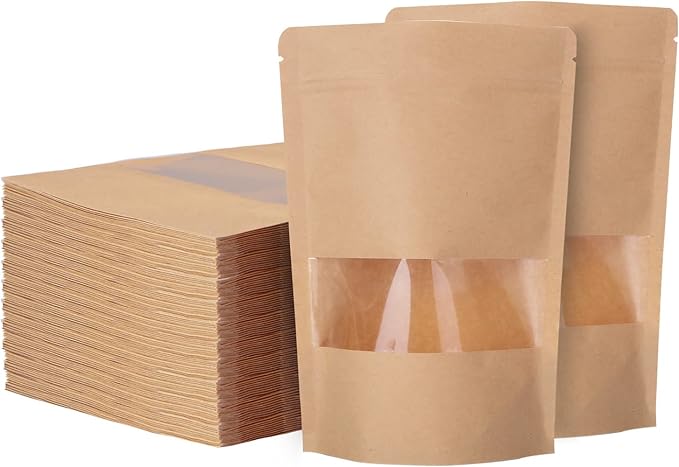Flexographic printing (aka “flexo” if you’re in the know) is the workhorse of the packaging world. It’s fast, flexible, and fiercely good at what it does—printing on everything from cereal boxes to cling film. But what is it, really? Let’s break it down.
Flexographic printing is a high-speed, modern rotary printing process that uses flexible printing plates. These plates, usually made of rubber or photopolymer, wrap around rotating cylinders and press ink directly onto the substrate. Think of it as the grown-up, industrial cousin of a stamp. A very fast, very precise stamp.
Flexo isn’t new. In fact, its roots go all the way back to 1890 (shoutout to Gutenberg for setting the tone—literally). But today’s flexo is a thoroughly modern affair, complete with UV dryers, laser-cut plates, and eco-friendly inks.
What Can Flexo Print On? (Short Answer: Almost Everything)
Flexography thrives where other methods struggle: printing on uneven, flexible, or curved surfaces. It can handle it all—cardboard, plastic film, foil, labels, even the lid of your yogurt. In the packaging world, that’s huge. Need to print 500,000 chip ba gs before lunch? Flexo’s your friend. It’s the go-to method for:
- Corrugated boxes
- Shrink wraps
- Labels and stickers
- Folding cartons
- Flexible food packaging
- Beverage containers (hello, Tetra Pak)
The result? Flexo currently commands about 40% of the global packaging printing market. That’s not just popular—it’s packaging royalty.
Is Flexo Print a Sustainable Option?
Here’s something you might not expect: Flexo is surprisingly green. A key factor is ink choice. Flexo systems today often use low-VOC, water-based, and UV-curable inks. They emit fewer harmful compounds and keep the air cleaner while UV-curable types cure fast and reduce waste—though they do come with a side of extra safety protocol.
And it’s not just the ink. Modern flexo presses come loaded with automation—think closed-loop ink systems and on-the-fly registration adjustments. Translation: fewer misprints, less waste, and more efficiency. Greener? Definitely. Perfect? Not quite. But for high-volume printing, flexo’s making sustainability look a little more practical—and a lot more possible.
How Does Flexographic Printing Work?
It’s a direct, relief printing method—simple in concept, but sophisticated in execution. Here’s the quick-and-dirty:
- A printing plate is created with the design etched in reverse (mirror, mirror…)
- The raised areas of the plate pick up ink from an anilox roller.
- Inked plate presses the image directly onto the substrate.
- Repeat. Fast.
Bottom Line: Is Flexo Right for You?
Flexographic printing is unbeatable for large runs and fast turnarounds on packaging. It’s scalable, sustainable, and capable of delivering sharp results on tricky materials. But it’s not a one-size-fits-all. For short runs, hyper-detailed graphics, or last-minute design changes, you might want to consider digital or offset printing.Still, if volume, speed, and versatility are what you’re after—flexo is flexin’ on the competition.
Get in touch if you’d like to find out more about flexo print solutions. Flyleaf can make every aspect of print and packaging production bespoke to your requirements and can advise and help you navigate the options available.


